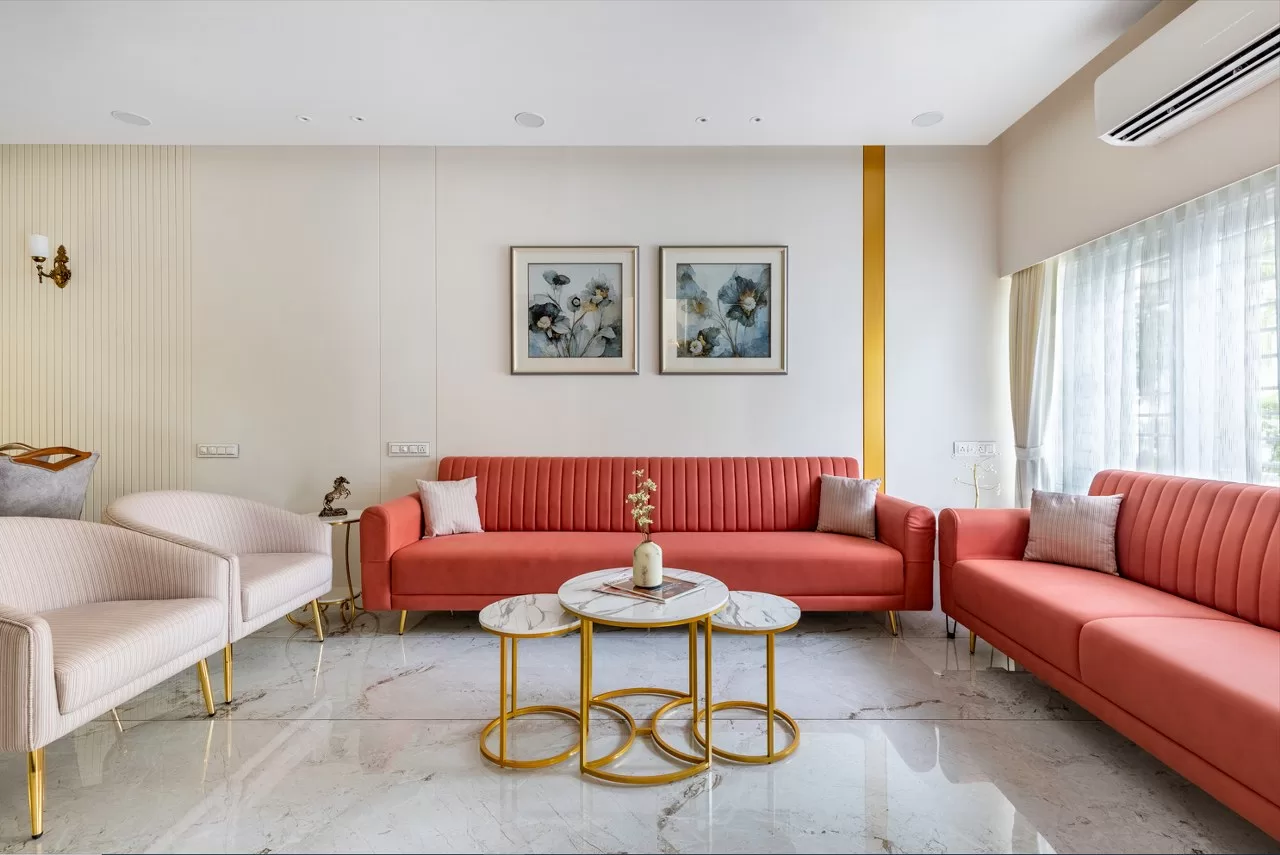Mastering the Art of Interior Design: A Guide to Harmonious Spaces

Interior design is an intricate dance between aesthetics and functionality, where the goal is to create spaces that not only please the eye but also enhance the quality of life within them. Mastering the art of interior design involves a deep understanding of design principles, color psychology, spatial arrangements, and a keen eye for detail.
Harmonious spaces are those that achieve a balance between various elements, creating an atmosphere that feels cohesive and comfortable. To master this art, designers often begin with a comprehensive understanding of the client’s needs, preferences, and lifestyle. A harmonious interior is one where every piece of furniture, color, and texture plays a role in creating a unified whole.
Color plays a pivotal role in interior design, influencing the mood and perception of a space. Warm tones like reds and yellows can create a cozy and inviting atmosphere, while cool tones such as blues and greens evoke calmness and tranquility. The strategic use of color, combined with thoughtful furniture placement and lighting, contributes to the overall harmony of a room.
Furniture selection is another critical aspect of interior design. Each piece should not only be aesthetically pleasing but also functional and proportionate to the space. Achieving harmony often involves a careful curation of elements, considering factors such as scale, balance, and symmetry.
Textures and patterns add depth and visual interest to a room. Mixing different textures, whether through textiles, wall coverings, or flooring, can create a layered and sophisticated look. Attention to detail, such as the choice of hardware and accessories, further refines the design and contributes to the overall sense of harmony.
In the pursuit of mastering interior design, staying updated on current trends and innovative techniques is crucial. The field is ever-evolving, and designers often draw inspiration from a variety of sources, including fashion, art, and technology.